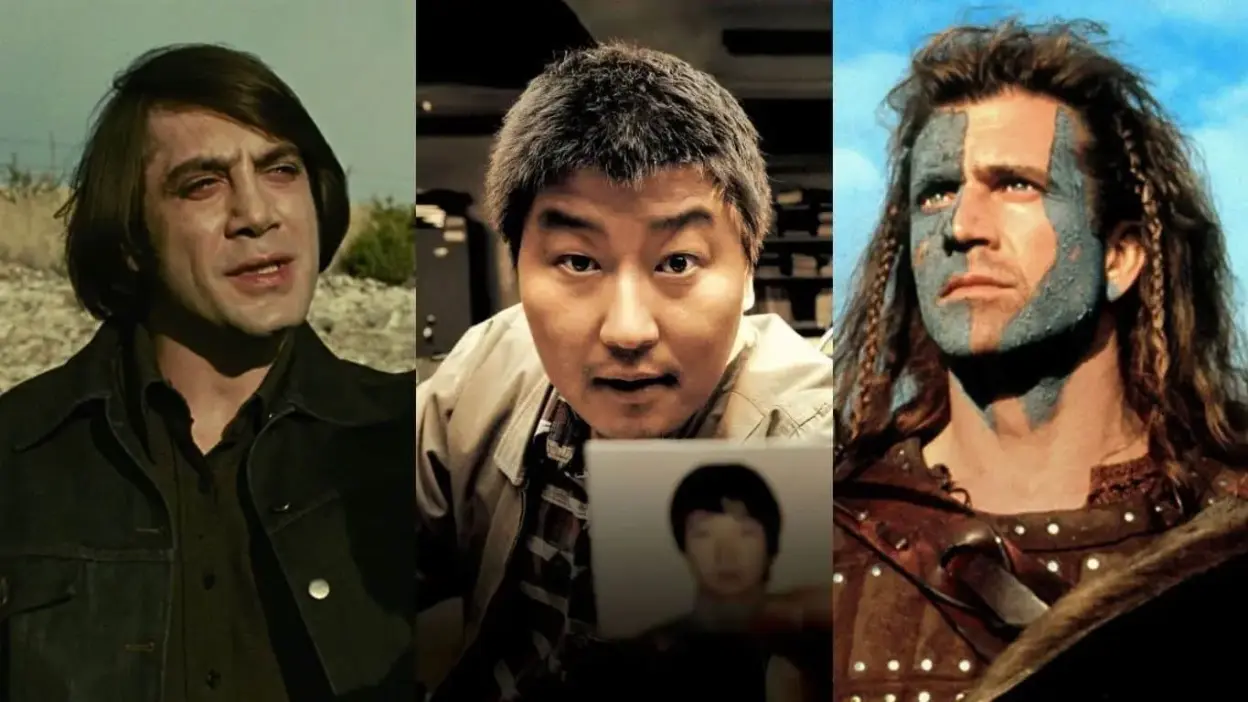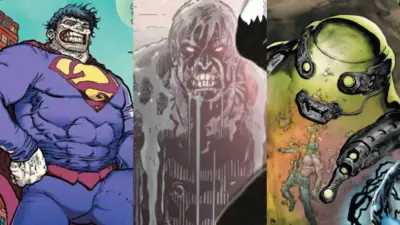In the realm of storytelling, few dynamics are as compelling as the clash between hero and villain. Yet, some films choose to defy this conventional wisdom, opting for narratives where the protagonist and antagonist never actually meet face-to-face. Such films present a unique, often more realistic or suspenseful view of conflict, where battles aren’t always waged in physical confrontations but in a psychological, ideological, or even metaphysical arena. The absence of a direct meeting adds layers of complexity and nuance, allowing for intricate story arcs and emotional depth. In this article “Movies Where Hero and Villain Never Meet – Top 10”, we’ll dive into, movies where hero and villain exist in parallel universes of the same narrative but never intersect.
Movies Where Hero and Villain Never Meet – Top 10
No Country for Old Men (2007)
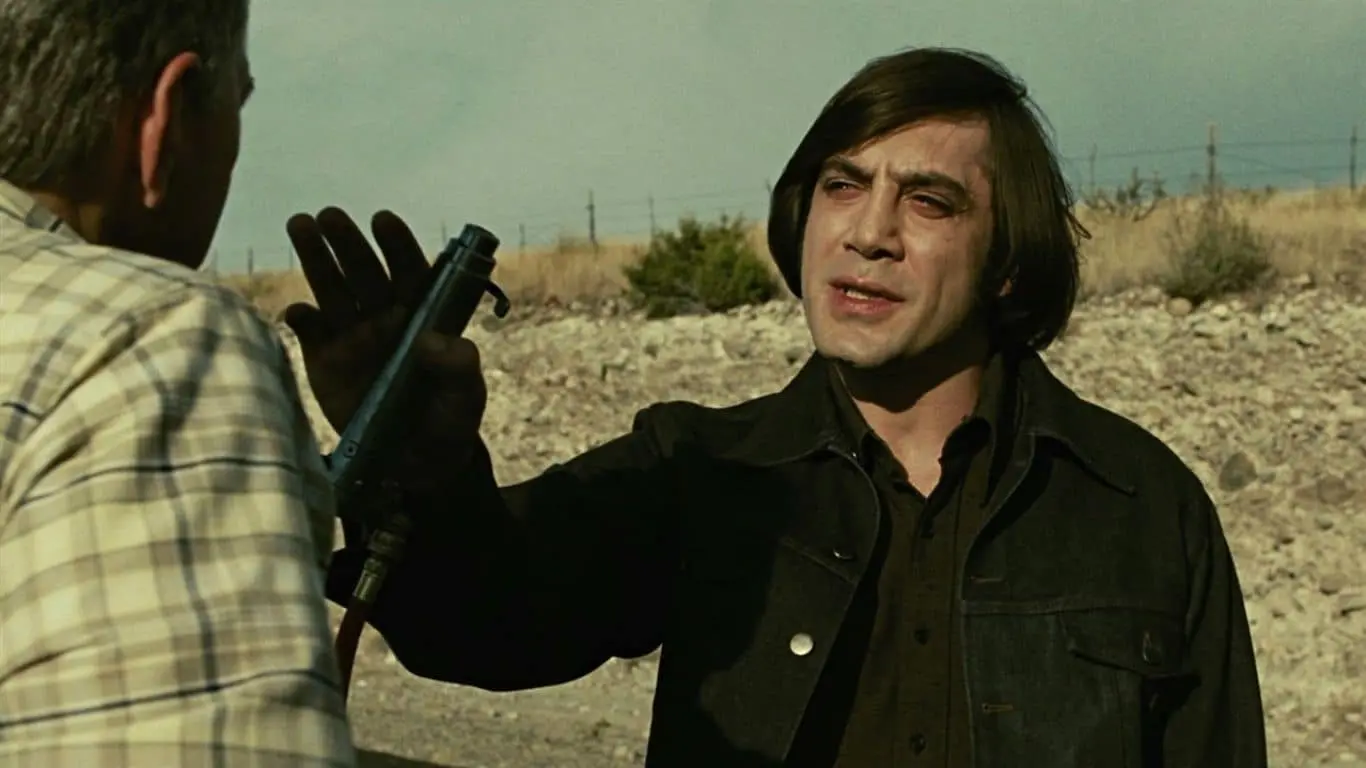
In “No Country for Old Men” (2007), the Coen brothers deliver a tension-filled thriller that subverts traditional storytelling expectations. The film follows a hunter, Llewelyn Moss, who inadvertently sets off a violent chain reaction after discovering two million dollars in cash. The real focal point, however, is the chilling cat-and-mouse game between Sheriff Ed Tom Bell, played by Tommy Lee Jones, and the sociopathic hitman Anton Chigurh, portrayed by Oscar-winning Javier Bardem.
Despite the high stakes and pervasive sense of dread, the two never meet face-to-face, adding to the film’s atmosphere of inescapable fate and moral ambiguity. This absence of a direct confrontation only intensifies the film’s impact, making it a standout in a genre known for its hero-villain face-offs. The result is a cinematic masterpiece that resonates with existential questions as much as it does with suspense.
Memories of Murder (2003)
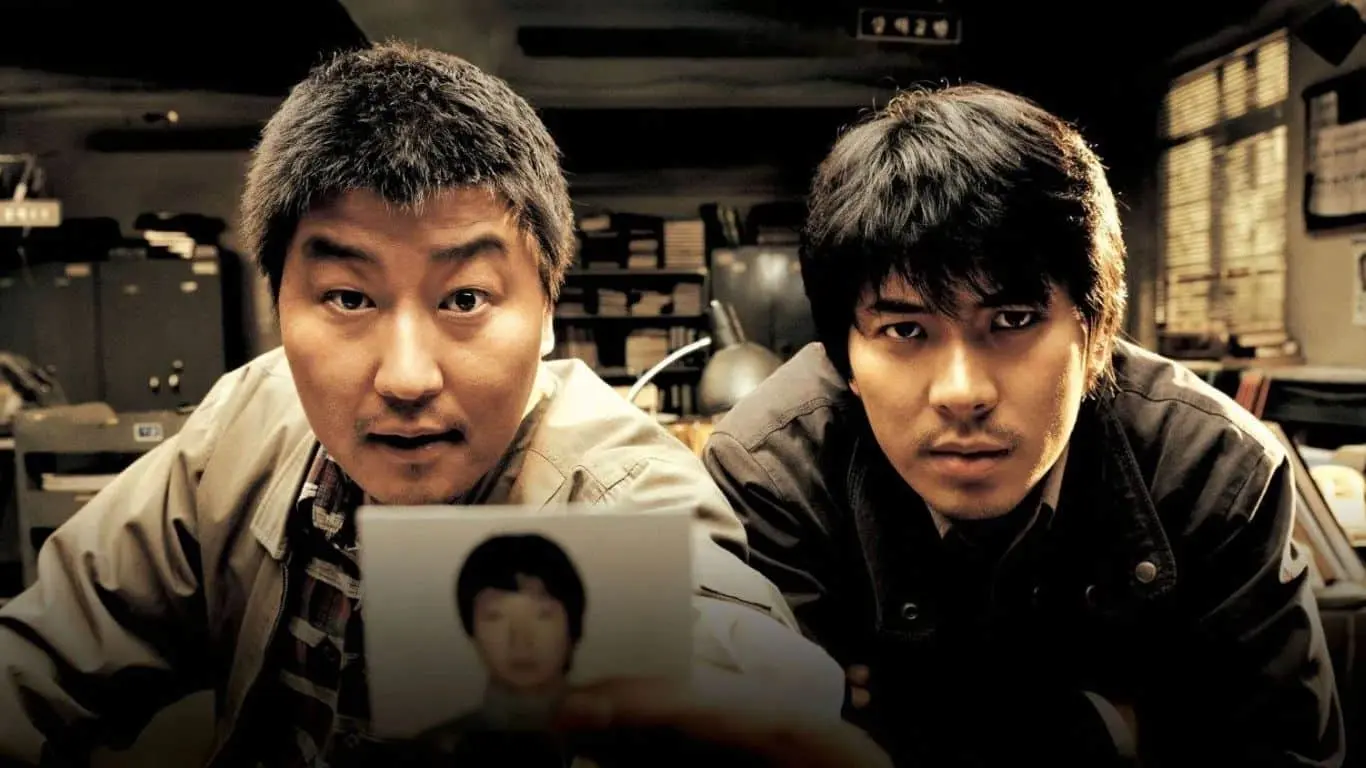
Before the global success of “Parasite,” Bong Joon-ho had already crafted several gems, including the 2003 film “Memories of Murder.” Inspired by real-life serial murders in South Korea, this slow-burning thriller captivates audiences through its depiction of two detectives grappling with an elusive killer. The film is a masterclass in tension and atmosphere, set against the backdrop of a small Korean province where trust is scarce and fear is abundant.
What sets it apart is the haunting absence of resolution; despite their desperate attempts, the detectives never catch the killer. This unresolved ending only intensifies the movie’s chilling impact, leaving viewers to grapple with the unsettling reality that sometimes, evil goes unpunished. If you’re new to South Korean cinema, “Memories of Murder” is a compelling, albeit unsettling, entry point that showcases Bong Joon-ho’s storytelling prowess.
Zodiac (2007)
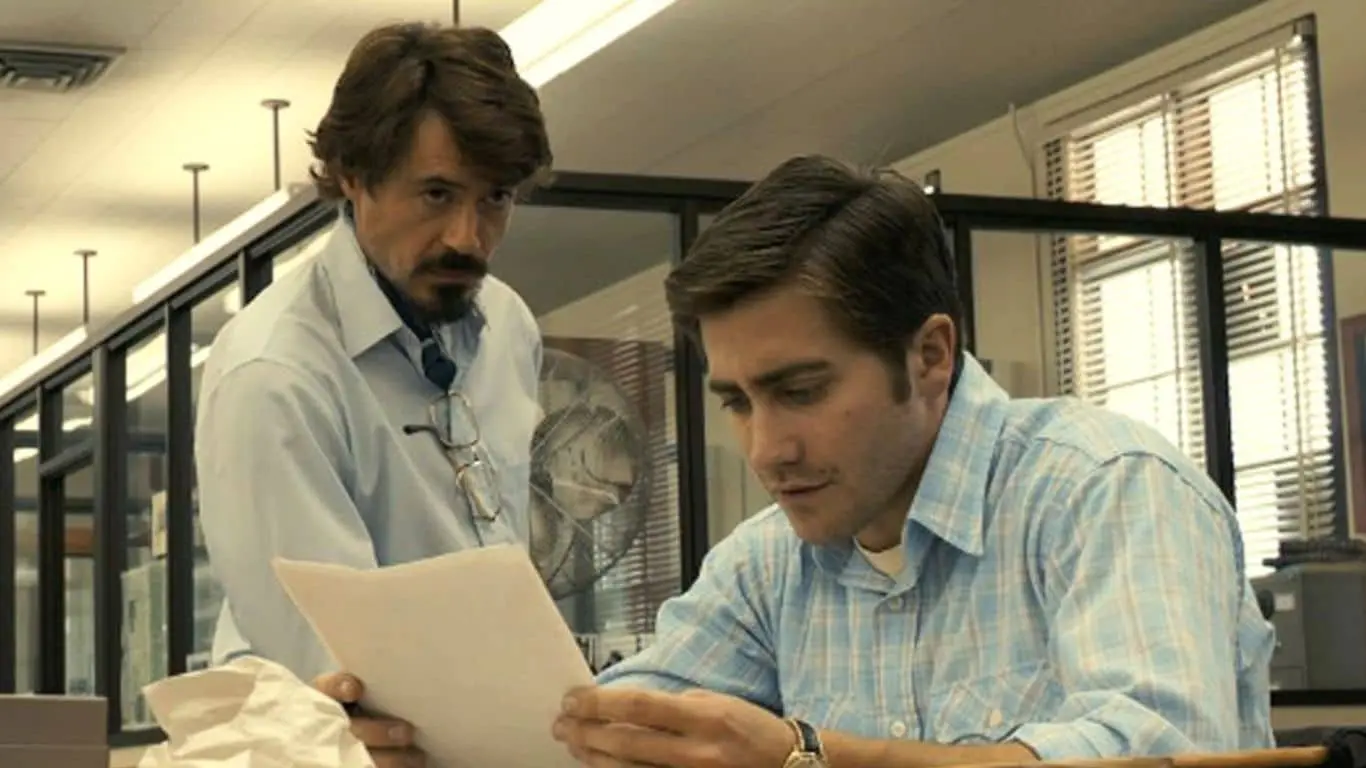
In David Fincher’s “Zodiac” (2007), the suspense doesn’t lie in the classic face-off between the hero and villain, but in the relentless, frustrating search for the elusive Zodiac Killer. The film focuses on cartoonist Robert Graysmith, played by Jake Gyllenhaal, who becomes obsessed with solving the series of chilling murders that plague San Francisco in the late 1960s and early 1970s. Assisted by detectives, Graysmith dives deep into cryptograms and clues left by the killer, yet never gets to meet or identify him.
The villain, who taunts police with coded messages, is never caught, adding a layer of haunting realism to the narrative. The film’s tension isn’t just built on the chase, but also on the lack of closure, reflecting the real-life case that remains unsolved to this day.
Mad Max: Fury Road (2015)
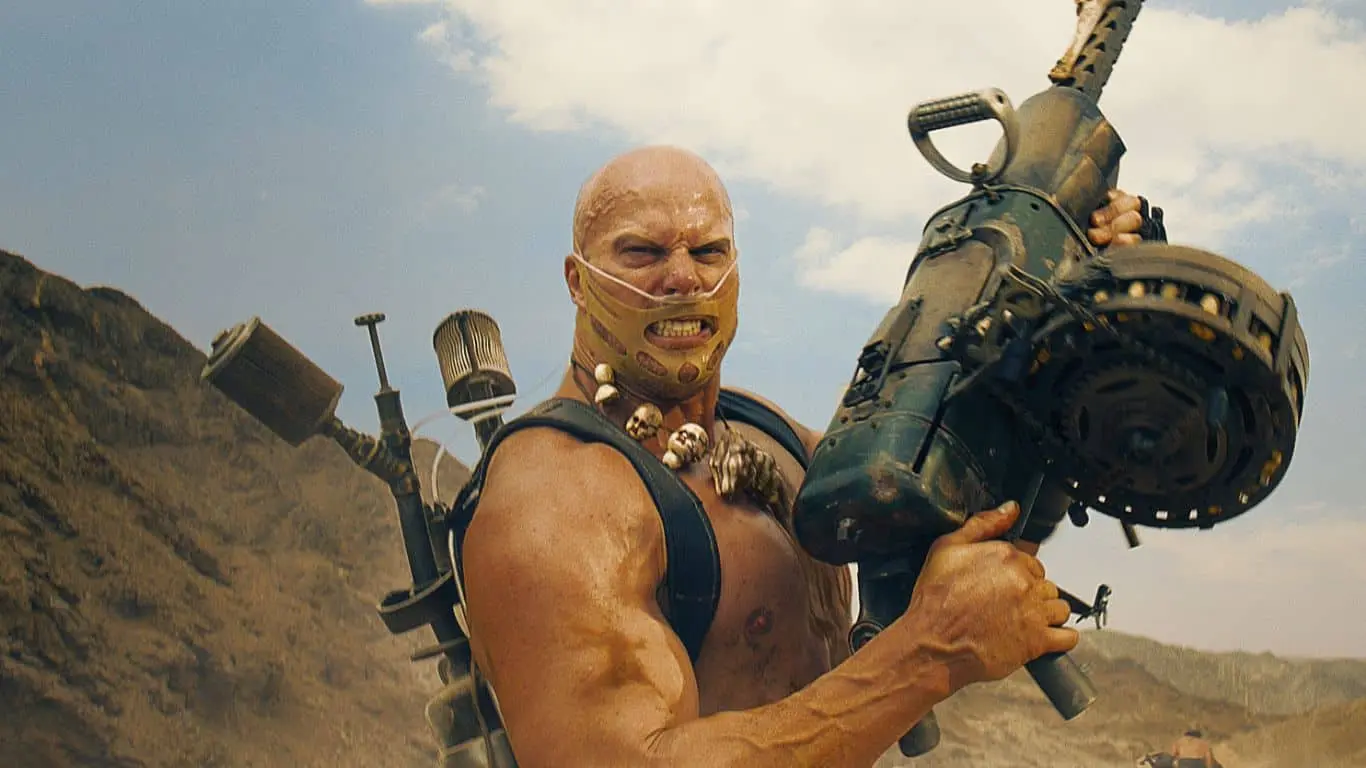
Directed by George Miller, the film reimagines Max Rockatansky, played by Tom Hardy, as he joins forces with Imperator Furiosa, portrayed by Charlize Theron, to escape the clutches of the villainous Immortan Joe. Although Max is the titular character, the story gives significant weight to Furiosa’s quest for freedom and female empowerment. Surprisingly, Max and Immortan Joe never engage in a traditional face-to-face showdown.
Instead, it’s Furiosa who delivers the coup de grâce to the tyrant, adding an unexpected but satisfying twist to the hero-villain dynamic. Amidst the relentless action and breathtaking chases, which stand as some of the most exhilarating in film history, the movie masterfully upends traditional narrative expectations, leaving audiences enthralled.
The Lord of the Rings Trilogy
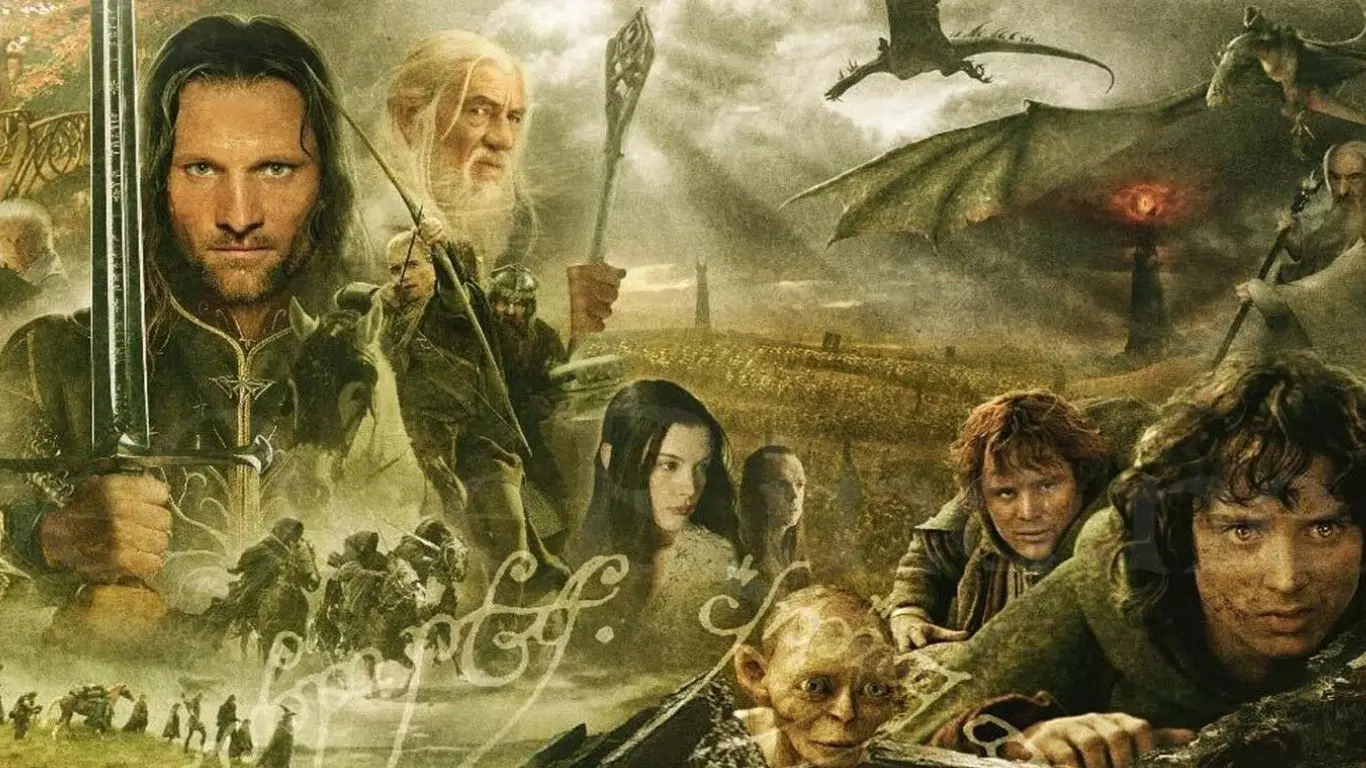
“Lord of the Rings” Trilogy (2001-2003), directed by Peter Jackson, offers a unique twist on the hero-villain dynamic by keeping them entirely separate throughout the saga. In this epic fantasy tale, Frodo Baggins, a humble hobbit, sets out to destroy the One Ring and thwart its creator, Sauron, who seeks to dominate Middle-earth. Sauron exists primarily as an ominous, all-seeing Eye and is more akin to a deity than a typical villain.
This makes any traditional face-to-face showdown impossible. Instead, the struggle is ideological and psychological, manifested through Sauron’s minions and the corrupting power of the Ring itself. The tension lies not in a final confrontation, but in the journey to destroy the very object that grants Sauron his power.
Star Wars: Episode IV – A New Hope (1977)
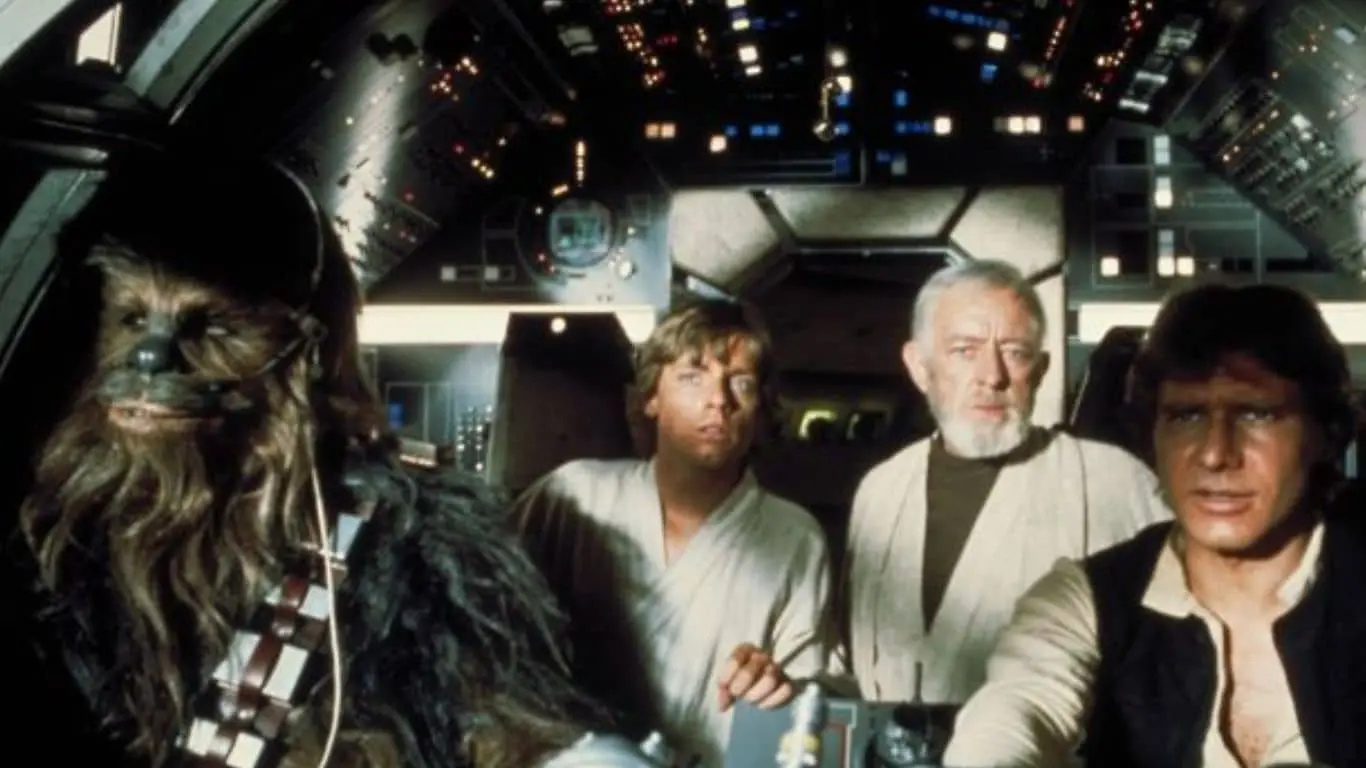
At its core is a timeless tale that follows the Hero’s Journey archetype, as young farmer Luke Skywalker is catapulted into an epic quest to save the galaxy. Despite the film’s focus on the struggle between good and evil, symbolized by Luke and Darth Vader, the two characters never actually meet face-to-face in this installment. While their connection becomes a cornerstone of the later films, the absence of a direct confrontation in “A New Hope” adds a layer of anticipation and mystique.
It subverts expectations by offering skirmishes and ideological battles rather than a full-on showdown between the hero and the villain. This unique approach only amplifies the tension and sets the stage for their iconic encounters in the subsequent films.
The Fifth Element (1997)
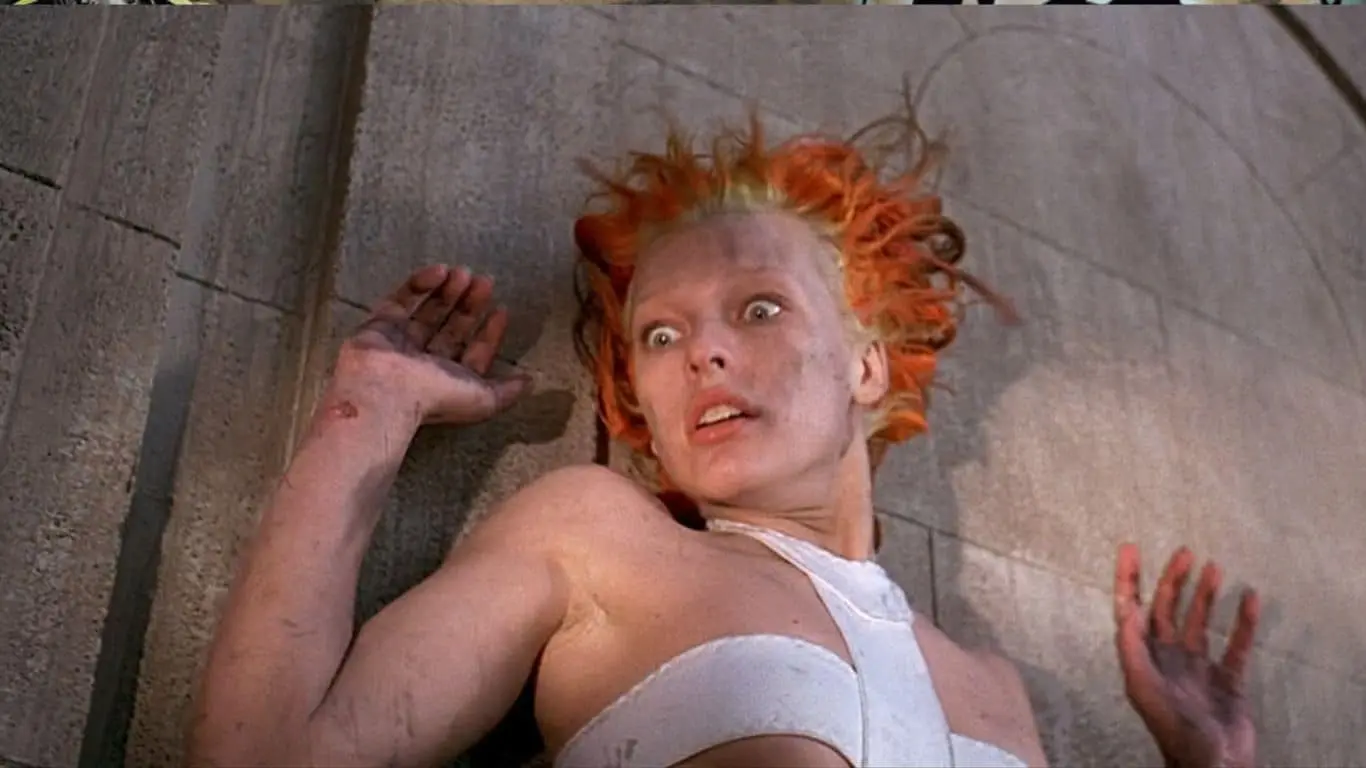
Luc Besson’s “The Fifth Element” (1997) is a visual and thematic tour de force, blending action, humor, and intricate science fiction into a unique cinematic experience. Starring Bruce Willis as Korben Dallas, a cab driver inadvertently swept up into a quest to find a cosmic weapon, the film is as memorable for its imaginative storytelling as it is for its vibrant aesthetics. While Gary Oldman delivers a captivating performance as the villain, Jean-Baptiste Emanuel Zorg, what’s fascinating is that he and Willis’s character never actually meet during the film.
This uncommon narrative choice sidesteps the traditional face-to-face showdown between hero and villain, adding an extra layer of intrigue to an already compelling story. This lack of direct interaction highlights the film’s overarching theme of interconnectedness, suggesting that we can profoundly affect each other’s lives even without direct contact—a fitting notion for a movie that explores the cosmic links between us all.
Braveheart (1995)
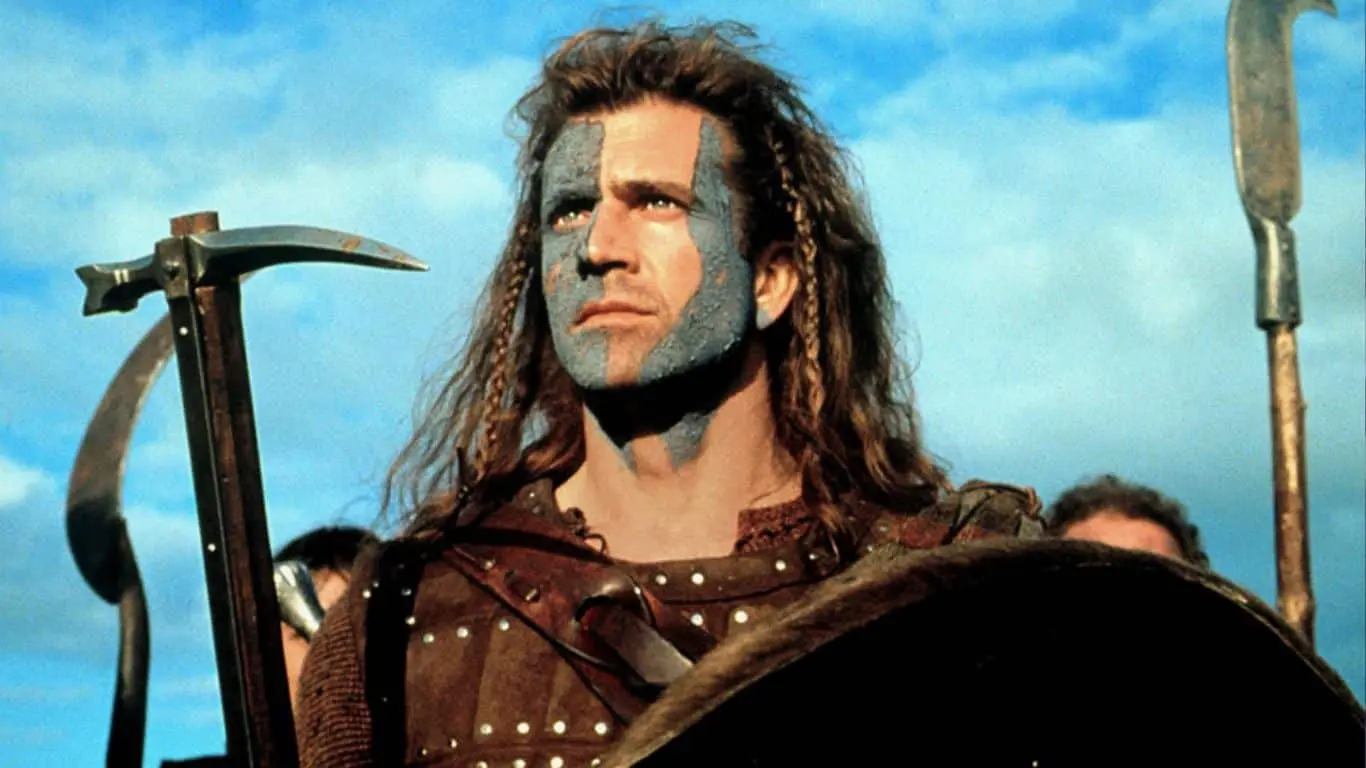
Mel Gibson’s “Braveheart” (1995) is an epic historical drama that has become synonymous with cinematic grandeur and emotional intensity. Centering on William Wallace, a Scottish knight who leads a revolt against English tyranny, the film garnered critical acclaim and won the Best Picture Oscar. Intriguingly, Wallace and the film’s primary antagonist, King Edward I of England, portrayed by Patrick McGoohan, never engage in hand-to-hand combat or even meet face-to-face throughout the film.
This absence of a direct confrontation adds to the film’s dramatic weight and sense of historical gravitas. Instead of reducing the struggle to a personal vendetta between two men, the film focuses on the larger ideological battle for freedom and the collective will of a subjugated people. The looming presence of King Edward serves as an omnipresent threat, pushing Wallace to overcome numerous obstacles, ultimately culminating in a tragic yet inspiring end.
True Romance (1993)
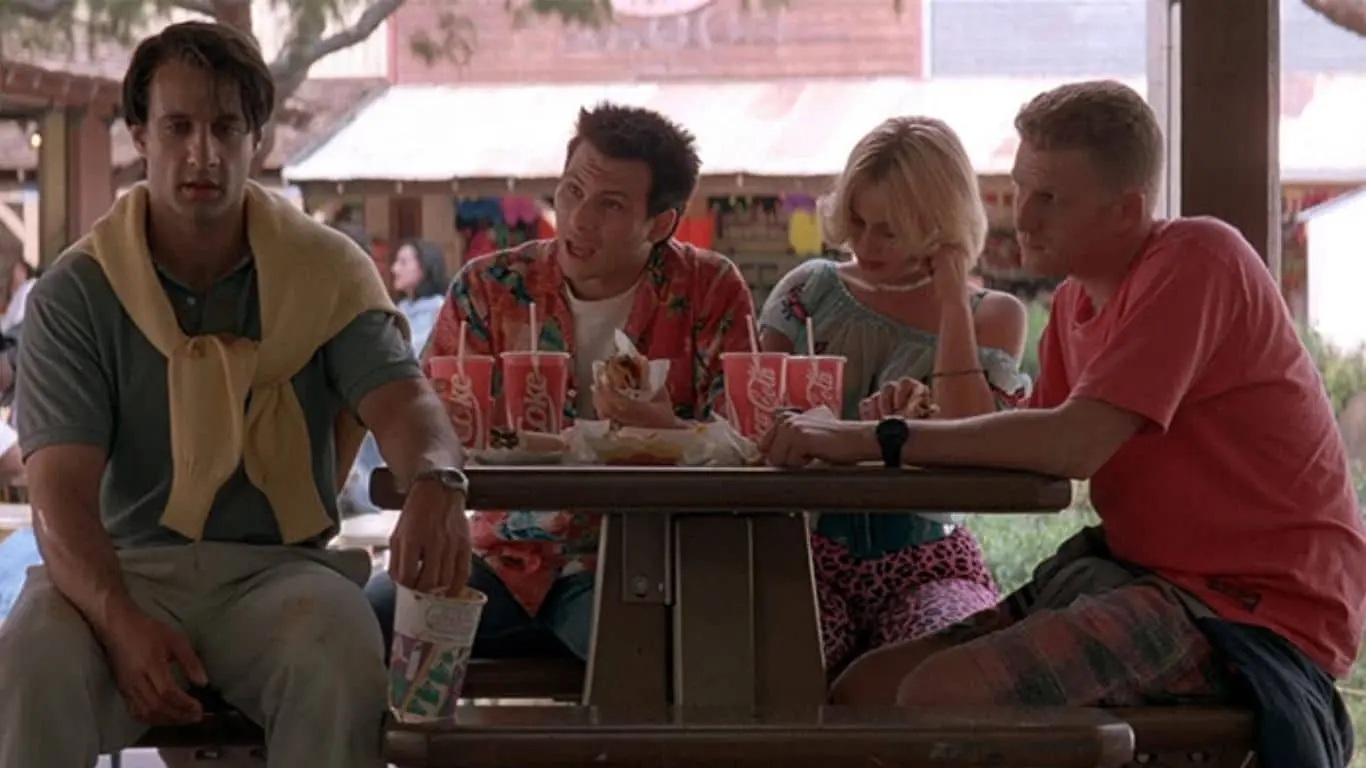
The story revolves around Clarence, played by Christian Slater, who steals cocaine from his new wife’s pimp and tries to sell it in Hollywood. This draws the attention of mobsters, who set out to recover their stolen merchandise. Despite the high stakes and action-packed sequences, one of the most intriguing aspects of the film is that Clarence never actually meets Vincenzo, the main antagonist portrayed by Christopher Walken.
This separation between hero and villain adds an unusual layer of complexity to the narrative, making it stand out from other crime dramas. Rather than a classic showdown, the film thrives on chaos and unpredictability, true to Tarantino’s style, while still providing compelling character arcs and tension. The absence of a direct confrontation serves to heighten the stakes and maintain the story’s suspense, solidifying its status as a cult classic.
Gremlins 2: The New Batch (1990)

“Gremlins 2: The New Batch” (1990) surprises audiences not just with its irreverent humor and social commentary, but also by breaking traditional storytelling rules about hero-villain confrontations. Unlike the first film, where Billy, played by Zach Galligan, directly faces off against the gremlins, the sequel adds a layer of complexity. Set in a high-tech skyscraper owned by a media mogul, the gremlins wreak havoc once again, but this time, they are more individualized, with characters like Brain Gremlin and Mohawk leading the chaos.
Interestingly, Billy never directly encounters these new, more articulate gremlins. Instead, they are dealt with by other characters, reinforcing the film’s ensemble approach to combatting chaos. This absence of a direct showdown between the main hero and the villains adds an interesting layer to the narrative and serves to emphasize the film’s broader themes of consumerism and media influence.
Also Read: 10 Most Anticipated Hollywood Movies of September 2023
